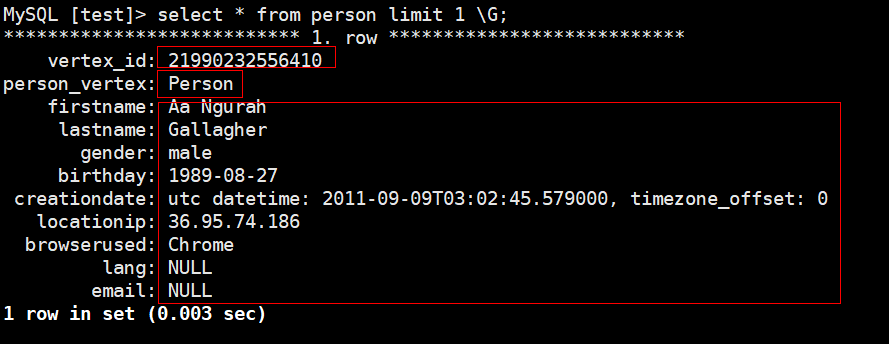Function Overview
The GES data migration feature allows you to easily import data from common relational databases (MySQL, Oracle, and ShenTong MPP) and big data components (DWS, Hive) into a graph instance with just one click. You only need to preprocess the raw data into the vertex-edge table required by GES and then use the GUI to import these tables into the graph instance. This eliminates the previously tedious intermediate steps of generating metadata, exporting to CSV, uploading to OBS, and importing to GES, significantly facilitating the process of importing user data into the graph.
Precautions
- To migrate data, all data from each table in the database will be imported into the graph instance as either vertex or edge data sets. Therefore, ensure that the tables in the database have been processed as either vertex or edge data.
- For the data types supported by vertex and edge tables, see the property description in Static Graph.
- Vertex table format: Vertex ID column name, Vertex label column name, Vertex property column name 1, Vertex property column name 2...
Figure 1 Vertex table format
 The following figure shows the data in a vertex table:Figure 2 Data in a vertex table
The following figure shows the data in a vertex table:Figure 2 Data in a vertex table
- Edge table format: Source vertex ID column name, Target vertex ID column name, Edge label column name, Edge property column name 1, Edge property column name 2...
Figure 3 Edge table format

The following figure shows the data in an edge table:
Figure 4 Data in an edge table
Feedback
Was this page helpful?
Provide feedbackThank you very much for your feedback. We will continue working to improve the documentation.See the reply and handling status in My Cloud VOC.
For any further questions, feel free to contact us through the chatbot.
Chatbot





